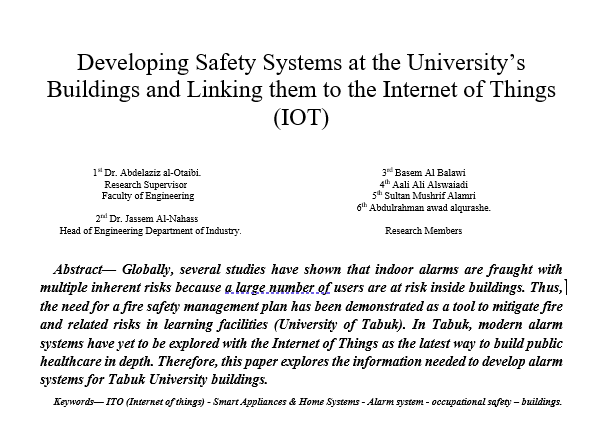
استراتيجيات التصميم الموفر للطاقة في مباني قطاع غزة : العزل الحراري نموذجا pdf
ملخص الدراسة:
Residential buildings in the Gaza Strip come in top of buildings that consume the largest share of energy which is estimated at about 70% of the total amount of energy consumed according to the 2009 estimations of Gaza Electricity Distribution Company. This consumption of energy is increasing over time as a result of the continued increase in population and housing stock, and the consequent need to provide services within those buildings (lighting, electrical appliances, heating, cooling, etc.). As a matter of fact, most residential buildings in Gaza Strip are constructed using concrete hollow blocks in walls and reinforced concrete skeleton structure. This has resulted in buildings that lack acceptable thermal comfort conditions due to being too hot in summer and too cool in winter, which reduces the efficiency of using air conditioning systems. Accordingly, this study has focused on discussing and assessing the implementation of energy-efficient in building design strategies that suit Gaza Strip. These strategies are intended to effectively contribute to secure better thermal comfort conditions and to reduce residential buildings reliance on conventional energy sources. This has been done with the focus on passive design strategies, especially the good use of thermal insulation in walls and roofs. Thus, several case studies of low-energy buildings have been analyzed. Also, a thermal modeling study for a typical residential building inGazahas been carried out using ECOTECT program to assess the effect of using thermal insulation on human thermal comfort. The study concluded that the good use of thermal insulation in walls and roofs can effectively reduce the need for energy to reduce human thermal discomfort by 20% through the year. In this regard, the use of air cavity as thermal insulation in a double wall has been found more feasible than the use of polystyrene thermal insulation in the same wall. It has also been concluded that the use of thermal insulation has to be coupled with the use of night-time ventilation strategy in summer to limit the negative effect of the internal heat gains on the resulting human thermal comfort conditions inside the building.
توثيق المرجعي (APA)
Kandeel, Emad Abed Mohammed (2010). Energy-Efficient Building Design Strategies in Gaza Strip (With Reference to Thermal Insulation). the islamic university. 19657
خصائص الدراسة
-
المؤلف
Kandeel, Emad Abed Mohammed
-
سنة النشر
2010
-
الناشر:
the islamic university
-
المصدر:
المستودع الرقمي للجامعة الإسلامية بغزة
-
نوع المحتوى:
رسالة ماجستير
-
اللغة:
English
-
محكمة:
نعم
-
الدولة:
فلسطين
-
النص:
دراسة كاملة
-
نوع الملف:
pdf



